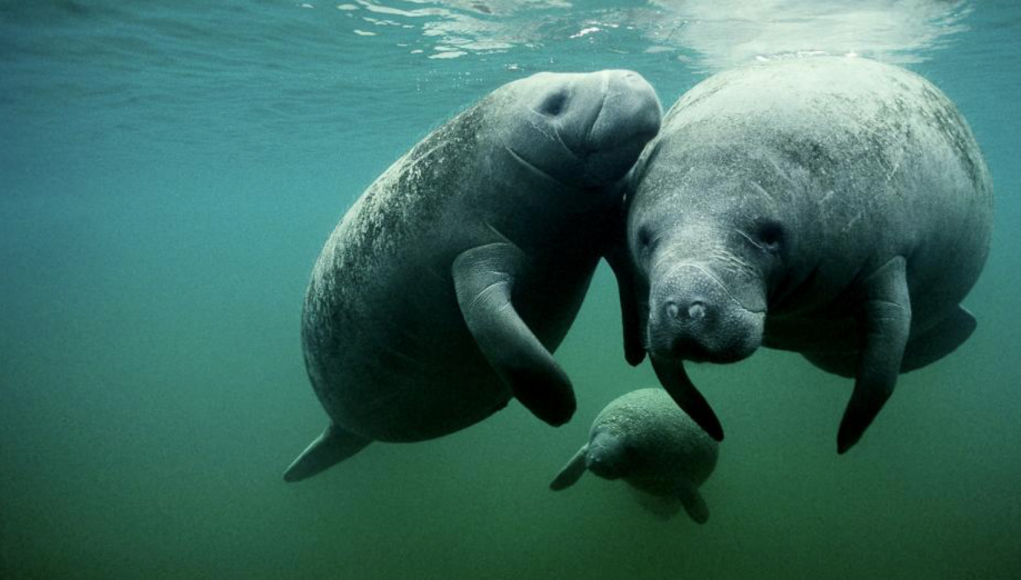The rate of manatee deaths tripled during 2018 when compared with the previous year, reaching more than 1,300 manatees per 10,000. Experts agree that red tide — an intense version of the concentration of a plant-like organism, microscopic algae — and its links with contaminated waters as a factor behind the increase.
“The red tide is not every year but [in 2018] played a major role,” said Jeremy Kiszka, research assistant professor of FIU. The data, from the studies of the Florida Fish and Wildlife Conservation Commission, also show that 351 per 10,000 manatees died as a result of an association with red tide.
Specialists blame nutrients, which washed away through the Everglades to the sea from central and south Florida sugar farms, and other pollutants were a factor in the 2018 red tide. It was created 10 to 40 miles offshore.
“It is a major problem for our health, tourism and marine species,” commented Kiszka. “The government needs to put new regulation to reduce the number of nutrients.”
This tide comes primarily from agriculturally enriched water, running off into bodies of water. This makes the red tide grow and strengthens its deadliness.
The major contributors to the increased manatee deaths from 2014-2018 remain undetermined. Manatee fatalities from red tide might have increased even more than the data shows, as many of the bodies were too decomposed for scientists to determine a cause of death. Boat collisions continues to be a threat. Boat propellers can kill, injure and scar manatees.
Watercraft incidents, the main manatee killer over the years, have not been increasing as fast as red tide deaths. In the last three years death caused by red tide increased by an average of six percent. However, this past year the rate increased by 65 percent. Progress that had been gained over the years was lost in 2018.
Organizations such as U.S. Fish and Wildlife Service and the Florida Fish and Wildlife Conservation Commission protect the sea cows. “They [manatees] stimulate the growth of the aquatic place,” the professor said about the important role of the manatee. “They are the gardeners and landscapers of the system.” Manatees live in warm waters in the southeastern United States, rarely going toward ocean waters.
“A way to stop it is for the government to put new regulations to reduce the number of nutrients going into places like the Okeechobee,” Kiszka said, describing it as the “heart” of the waterways within the Sunshine State.
































